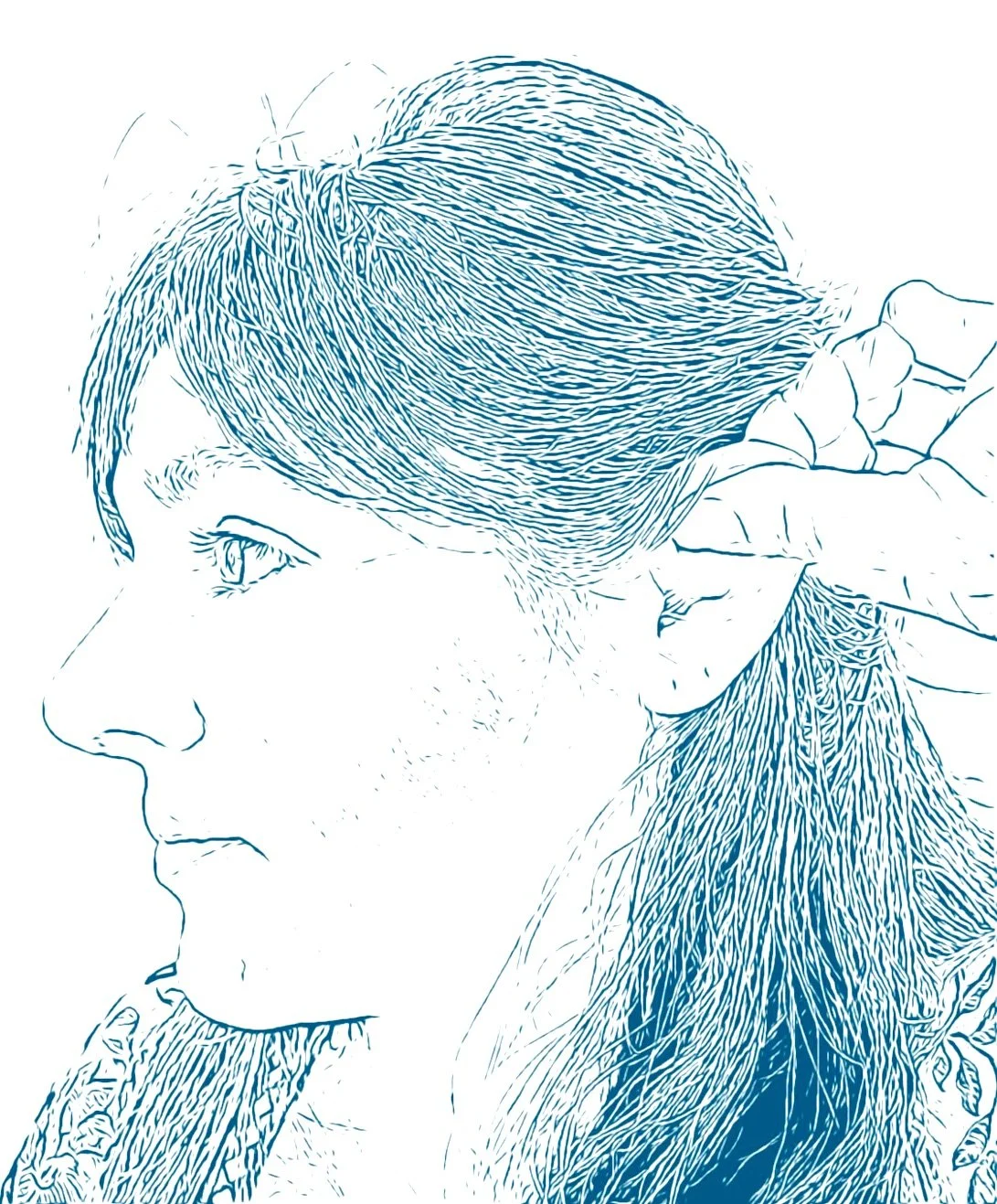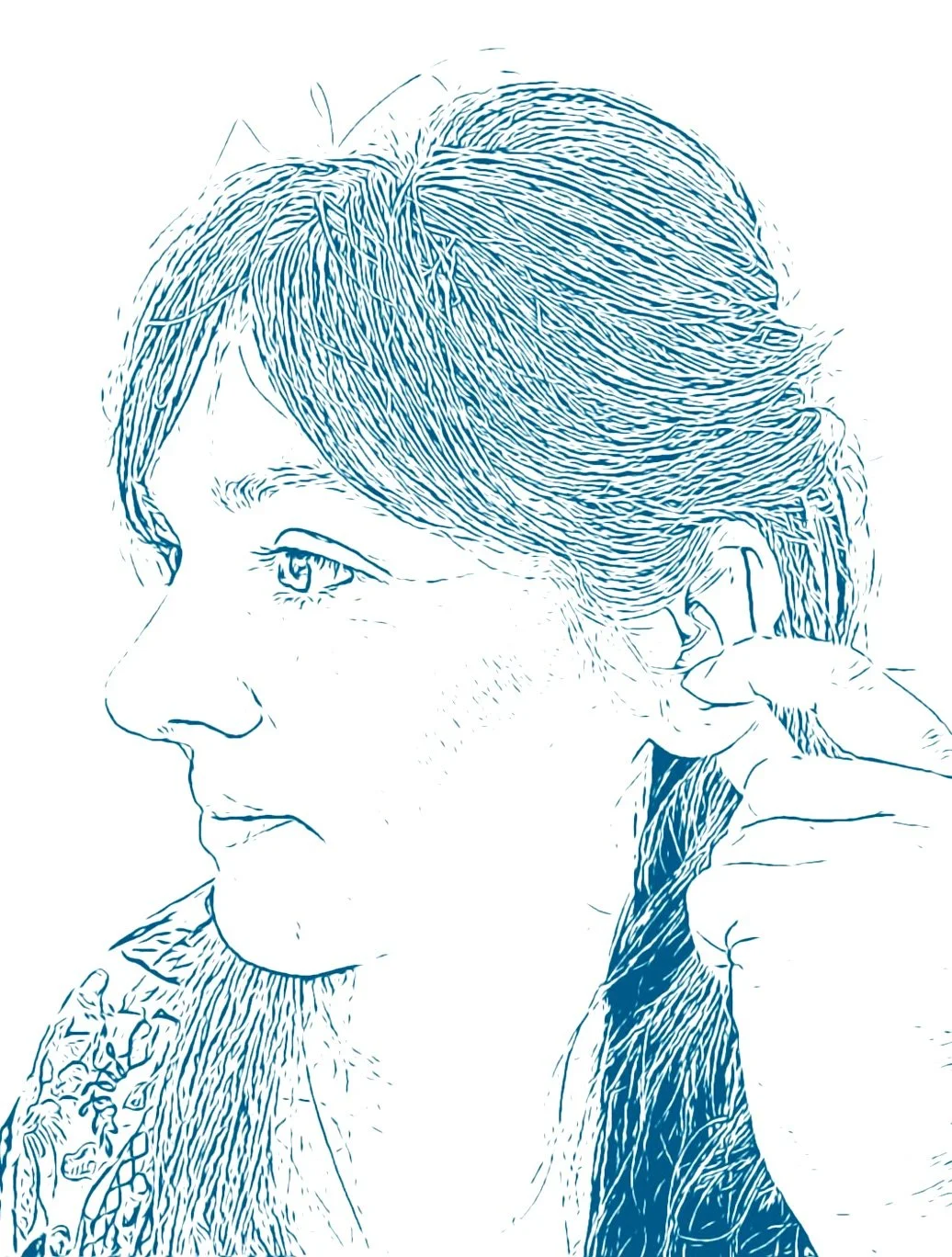The vagus nerve is the longest cranial nerve, stretching from your brainstem to your gut. It’s the information highway between the brain and the body. Engaging it helps shift you from stress to relaxation by sending a signal of safety, helping regulate heart rate, deepen breath, mobilize digestion, and improve mood.
Calm your mind, emotions & body in minutes…
Watch the video to be guided through the process, or follow the written steps and diagrams below.
1. Gently pull your ear away from your head.
Hold for the pace of one breath.
Inhale through your nose and exhale slowly out your mouth.Reflective note: Notice if you can feel any tension in your ear or if it moves with ease and feels elastic. Asses this again after the completion of the exercise.
2. Gently pull your ear up and away from the head.
Hold for the pace of one breath.
Inhale through your nose and exhale slowly out your mouth.Helpful insight: Pulling the ear activates the vagus nerve by stimulating the nerve endings in the ear, which can help trigger a relaxation response and engage the parasympathetic nervous system.
3. Gently pull down on your earlobe.
Hold for the pace of one breath.
Inhale through your nose and exhale slowly out your mouth.
Comforting tip: This technique can help ease dizziness, headaches, and other symptoms.
4. Place your fingertip under the ridge inside your ear. Press backward and move your finger in slow, small circles.
Continue for 20 - 60 seconds or as long as it feels comfortable.
5. Gently rub the skin in front and behind your ear.
Moving the skin until it you release tension / it feels more elastic.
Reassuring note:
Sighing, swallowing, or yawning indicates that your parasympathetic nervous system is activating, leading to relaxation.
6. Let your arm rest, close your eyes and notice any differences. Has your body softened? Has your mind slowed? Do you feel tired?
When you’re, ready, move to the next step, repeating on the other side.
7. Repeat on the other side.
Perform all techniques on the other ear.
Reassess for elasticity and reduced irritation.
Look for cues that your nervous system is regulating, such as yawning, sighing, or gurgling.
You may feel more ease or relaxation on one side; be patient with yourself.
8. Notice the shift and end with self-gratitude.
Take a moment to feel the calmness within.
Acknowledge the effort you've made to care for yourself.
Express appreciation for your body's ability to find balance.
To learn more tools for mind-body balance contact Erica. As a chronic illness warrior, certified mindfulness teacher, and Safe and Sound Protocol practitioner, Erica offers unique insights, compassionate care, and personalized support. Let her expertise in nervous system health and emotional regulation guide you to a healthier, happier life.








